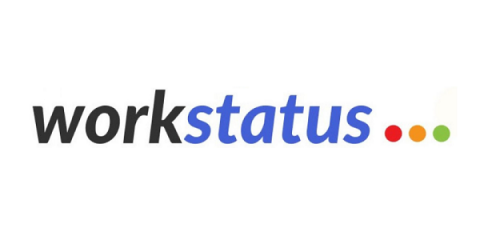Mastering the new normal: Your comprehensive guide to managing a hybrid workforce
Hey there, welcome to the new normal! In our fast-paced, always-connected world, the traditional 9-to-5 office grind is quickly becoming a relic of the past. Enter the hybrid workforce, a dynamic blend of in-office and remote working revolutionizing how we think about work. Now, if you’re thinking, “Okay, that sounds cool… but how do I manage that?” don’t worry. We’ve got you covered.








